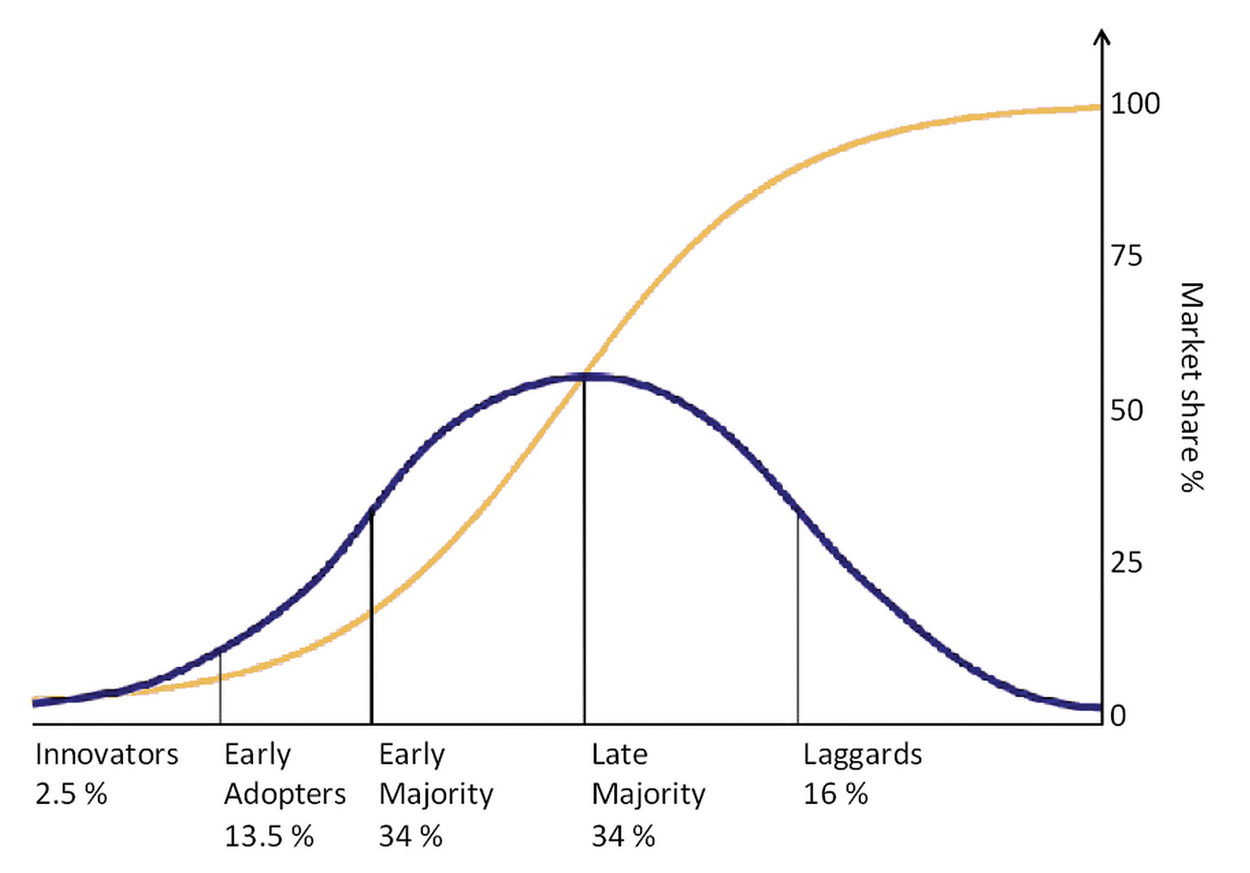After Andrew’s first meeting with Tim Keaveney, he realized quickly that he was facing several different challenges. The first—entering an established, matureAn industry that has been in existence for a long period of time featuring many competitors and relatively low profit margins. home heating oil industry—was going to be extremely difficult. Tim told Andrew, “Nobody starts a fuel business these days. I mean, the youngest fuel company in this area is 10 or 12 years old.” Fuel distribution to homes was a challenging industry to get into because traditionally they were multigenerational businesses with very loyal customers. There was no easy solution to this challenge. Andrew was simply willing to take a leap of faith and try to help transform the industry by offering a new product into the marketplace.
Not only was Andrew entering a mature industry, but he was entering an industry that he had no experience in. While his hydro-seeding business had provided him with experience in a service-based industry and experience running a business, he did not have experience in fuel procurement and delivery. Another challenge was capital. Any new business or business expansion faces this challenge—access to adequate capital. Simply Green was better positioned, in terms of financial position, than many other new businesses. Its new business expansion could be in part self-funded. Andrew Kellar, unlike many other entrepreneurs, was fortunate to have the hydro-seeding business, which, at the time, was one of the largest in the region and was generating positive net revenue of approximately $100,000 annually.
Self-Funding a Business Start-Up
Self-funding involves funding a venture through savings accumulated on one’s own or in a previous business. It can also include taking on personal debt through bank loans or loans from friends and family and use of personal lines of credit.
Simply Green started the biofuel home heating side of the business in April 2007. To most fuel providers, this would have seemed to be the worst time of year to start because it was toward the end of the heating season in the Northeast. But for Simply Green it made sense because the company had the ability to softly test the market through early adopter customers and learn from that experience. Andrew’s plan was to capture some revenue from the heating season market, go into the summer time, quickly reevaluate what was working and what needed improvement, and then move on into the next heating season.
This soft market entryAn approach for entering a new market by testing the market on a small scale, learning from the experience, and adjusting business approach prior to a wide-scale market entry. approach also helped with another challenge—educating their potential customers about their product and value propositionA business or marketing statement that summarizes why a consumer should buy a product or use a service.. Simply Green used different types of marketing and public relationsThe practice of managing communication between an organization and its public. to educate the public about their unique product offering. As Andrew describes it,
We were not concerned with going to any type of event. We didn’t care if it was a first graders’ classroom that we were going to, we would go in and talk. We would go to every place we had an opportunity to talk about biofuel and our services. And looking back now, the irony of that is where people remembered seeing us, and hearing us, were in some of those obscure places that you wouldn’t have normally thought from a marketing standpoint that people would remember you and actually make a decision to buy your product or service.
Early Adopters of Products
An early adopter is a person who embraces new technology before most other people do. Early adopters tend to buy new products sooner than most others. According to a theory called diffusion of innovations, formulated by Everett Rogers, early adopters make up 13.5 percent of the population. Early adopters, while eager to explore new products, are not the first to buy a new offering. That role, according to Rogers, is played by a small minority just under 3 percent of people called innovators. Laggards are at the other end of the spectrum. They are reluctant to embrace new technology because of disinterest, financial constraints, or fear.

Source: Wikimedia, http://upload.wikimedia.org/wikipedia/commons/0/0f/Diffusionofideas.PNG.
Value Proposition for a Business
A value proposition is a business or marketing statement that summarizes why a consumer should buy a product or use a service. The statement should be able to convince a potential consumer that one particular product or service will add more value or better solve a problem than other offerings.
Another challenge was the licensing and the regulatory process of entering the highly regulated fuel industry. While Simply Green was providing biofuel, it was a blended product and it had conventional fuel in it so the company had to be regulated just like any other heating oil or diesel provider. Simply Green had to learn about and undertake many different types of licensing including at the state level, for hazardous material, and from the US Department of Transportation.
Simply Green already had experience with the US Department of Transportation (USDOT) licensing as they had just completed a vehicle audit. Andrew was already familiar with the licensing process, and the USDOT official who was involved with the audit made the audit more of an educational audit. During an audit, as Andrew was considering biofuel sales, the USDOT official was so intrigued by the potential Simply Green entry into biofuel provision that he became a customer and also then became an adviser to the company.
The lesson for Andrew was the importance of relations, contacts, and broader social networks for developing business opportunities. As Andrew describes it, “It was important not to be afraid to ask people that might know somebody or that might have an in with somebody that might have the information we were looking for.”